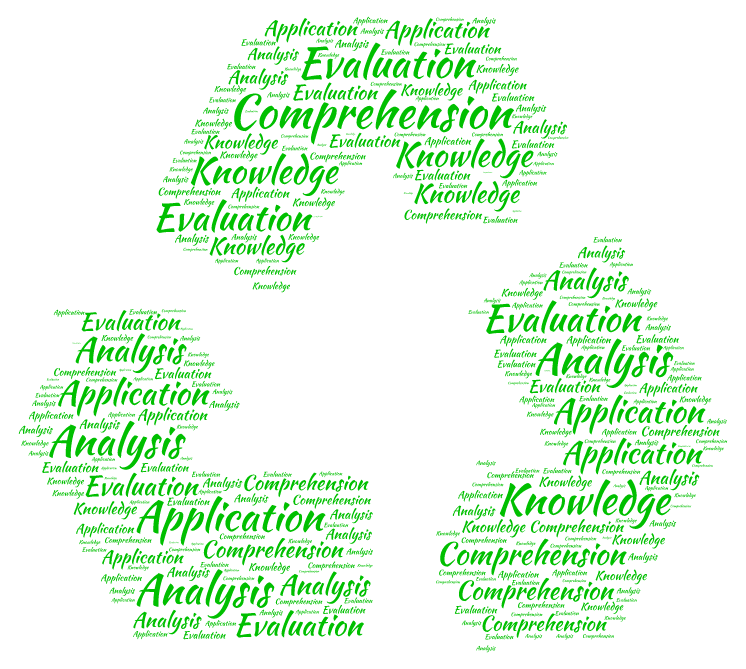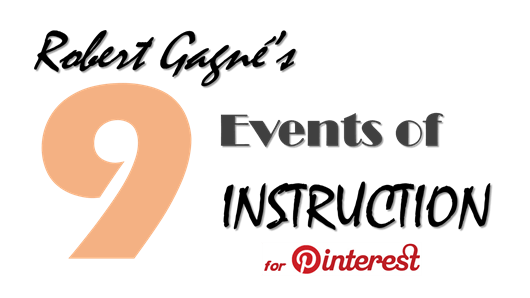The purpose of this post is to help educators understand the use of Pinterest for Education. Pinterest is a bookmarking and curation service that can be used to create pins (think of them as thumbtacks in a bulletin board). These boards are at the cornerstone of how Pinterest works and can host a variety of multimedia content such as audio, image, video and website links. According to Baker (2013), this service can be used to “gather and share teaching resources, professional development articles, and ideas for integrating technology and digital literacy into the curriculum” (p. 74). Best of all Pinterest is free to use, and educators interested in signing up for this service can create a traditional account via e-mail and password or use the Facebook login option.
Furthermore, I wrote this post for online educators. However, through a comprehensive set of learning activities, it could be used by teachers (librarians) in elementary and secondary school grades (K-12). Undoubtedly as you read this post, it will become evident that Pinterest can be integrated into any area of the curriculum for archiving (content curation) and research purposes. According to Pearce and Learmonth (2013), “Each resource is a link back to the original content, therefore encouraging users to explore the images and videos in their original context” (p. 3). Moreover, it can also be used as a professional development resource for pre-service teachers and anyone wanting to learn more about its use for educational purposes.
Please watch the video below to learn the basics of Pinterest and how it works. Notably, this will help you understand the concepts of a pin (a visual bookmark) and boards (think of these as folders in a filing cabinet) that can be used to archive the content you want to share with other people (educators, librarians, learners).
https://www.youtube.com/watch?v=1QkMOdW0Kyc
Now that you have a basic understanding of what Pinterest is let us explore six learning objectives aligned with Bloom’s Taxonomy for learning. You can access these by clicking the word cloud below.
For this situation, I used Gagné’s Nine Events of Instruction as a reference to demonstrate value added when using Pinterest in an educational setting. Consequently, understand this is an example and not every learning scenario requires the integration of all events into your lesson plan (Gagne, Wager, Golas and Keller, 2005, p. 206). Please click the image below to access the Pinterest for Educators Nine Events of Instruction table. Now that you have learned more about specific educational activities let me introduce some of Pinterest’s main features. Although the videos that follow were created using food recipes the only limitation to what can be pinned (archived) is your imagination. Let us begin with “How to Pin from the Web”.
Now that you have learned more about specific educational activities let me introduce some of Pinterest’s main features. Although the videos that follow were created using food recipes the only limitation to what can be pinned (archived) is your imagination. Let us begin with “How to Pin from the Web”.
After tackling the concept of pinning the next task is “How to create a board”.
Once you have created a board start pinning items of interest for other educators (learners). These boards can then be shared directly with other Pinterest users (educators, librarians, learners), on Facebook, as a widget or by inviting other users to join that board.
For example, online instructors can create boards for each of the courses they teach. They can then share those boards and have their student’s posts links, images, videos and documents throughout the duration of a course. At the conclusion of the course, the instructor can go through that board and sort thru the best resources shared. Thus, these board can come alive and serve as knowledge repositories of reusable learning objects for future courses. Accordingly, to illustrate this concept, please watch the screencast below with a real world example.
Throughout this post, I have introduced you to what can be considered a world of possibilities for using Pinterest for education. If you want to learn more about Pinterest for education, please head over to my “Pinterest for Educators” board where you will find over 80 informational resources. It is my hope that you find this post useful and do not forget to follow me there to keep up with my latest finds, tools, tips, tricks and educational resources.
